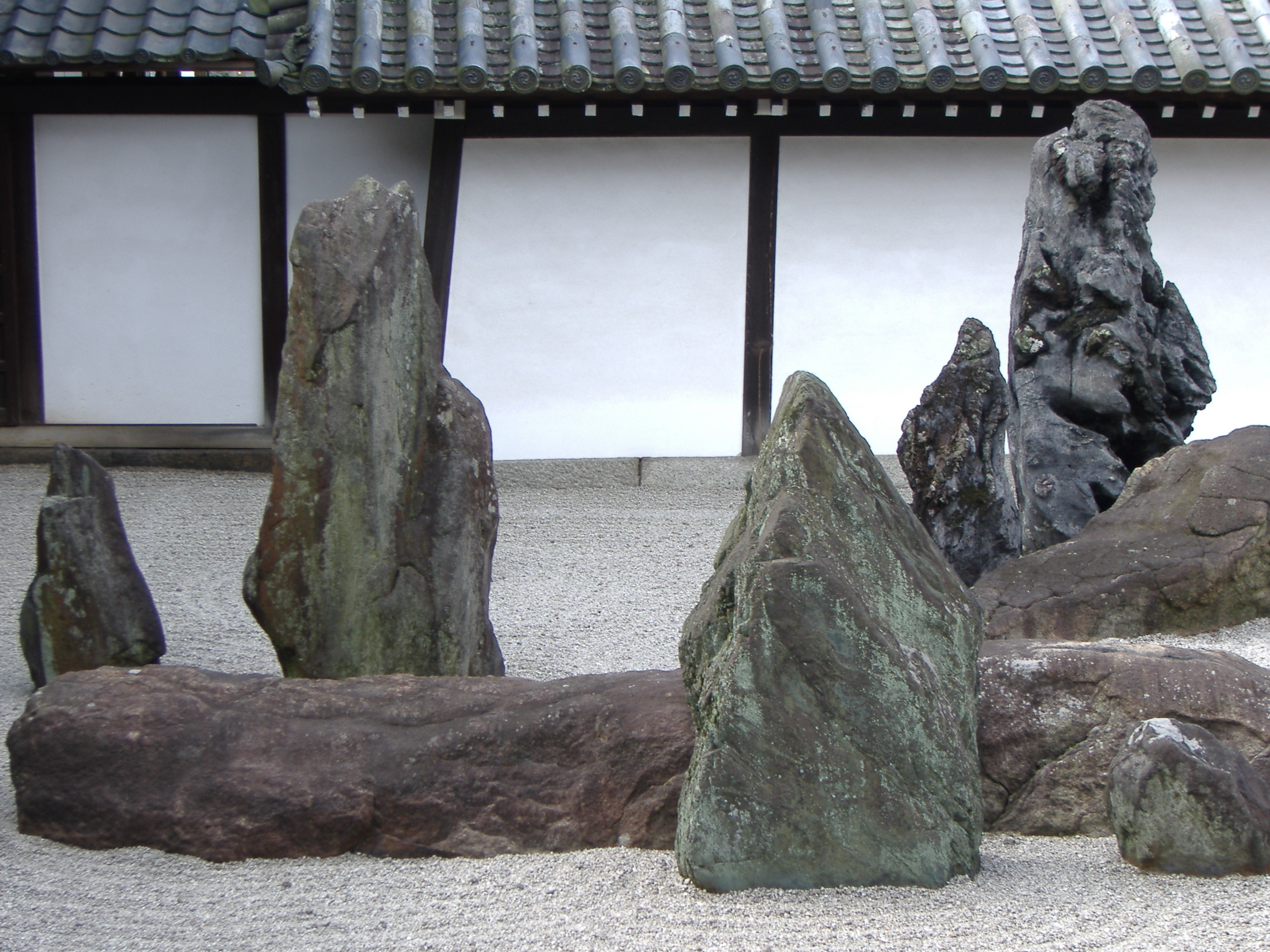


This can be both unusual and exotically appealing to people with no past experience with the history and meaning of a Zen garden. Although grass may sometimes be included, no other plant or flower species will be found in a classic Zen garden. Yelp is a fun and easy way to find, recommend and talk about whats great and not so great. One of the primary differences between a Zen garden and most other varieties is the lack of living elements. The Little Japanese Zen Garden in Queens, reviews by real people. The overall goal is to create a small-scale recreation of an aerial or cliff-top view of an intricate coastal scene. The rocks themselves represent islands or rock formations jutting out from the water. It will be carefully raked by tending monks to create the impression of waves on the surface of a body of water. The sand or gravel in a Zen garden represents the sea or ocean and is used instead of water. The rocks and sand (or gravel) are the chief elements of the garden, which generally creates the scene of islands in the sea. The typical Zen garden consists of an enclosed and shallow sand box of sorts which features predominantly sand or gravel with rocks of various shapes and sizes. Zen gardens are commonly found at temples or monasteries. It creates a miniature stylized landscape through carefully composed arrangements of rocks, water features, moss, pruned trees and bushes, and uses gravel or sand that is raked to represent ripples in water.

They were intended to imitate the intimate essence of nature, not its actual appearance, and to serve an aid to meditation about the true meaning of life.Ī Zen garden is an interesting and deeply spiritual aspect of Japanese gardening traditions. The Japanese dry garden or Japanese rock garden, often called a zen garden, is a distinctive style of Japanese garden. Classical zen gardens were created at temples of Zen Buddhism in Kyoto, Japan during the Muromachi Period. The Japanese rock garden or “dry landscape” garden, often called a zen garden, creates a miniature stylized landscape through carefully composed arrangements of rocks, water features, moss, pruned trees and bushes, and uses gravel or sand that is raked to represent ripples in water. A zen garden is usually relatively small, surrounded by a wall, and is usually meant to be seen while seated from a single viewpoint outside the garden, such as the porch of the hojo, the residence of the chief monk of the temple or monastery.


 0 kommentar(er)
0 kommentar(er)
